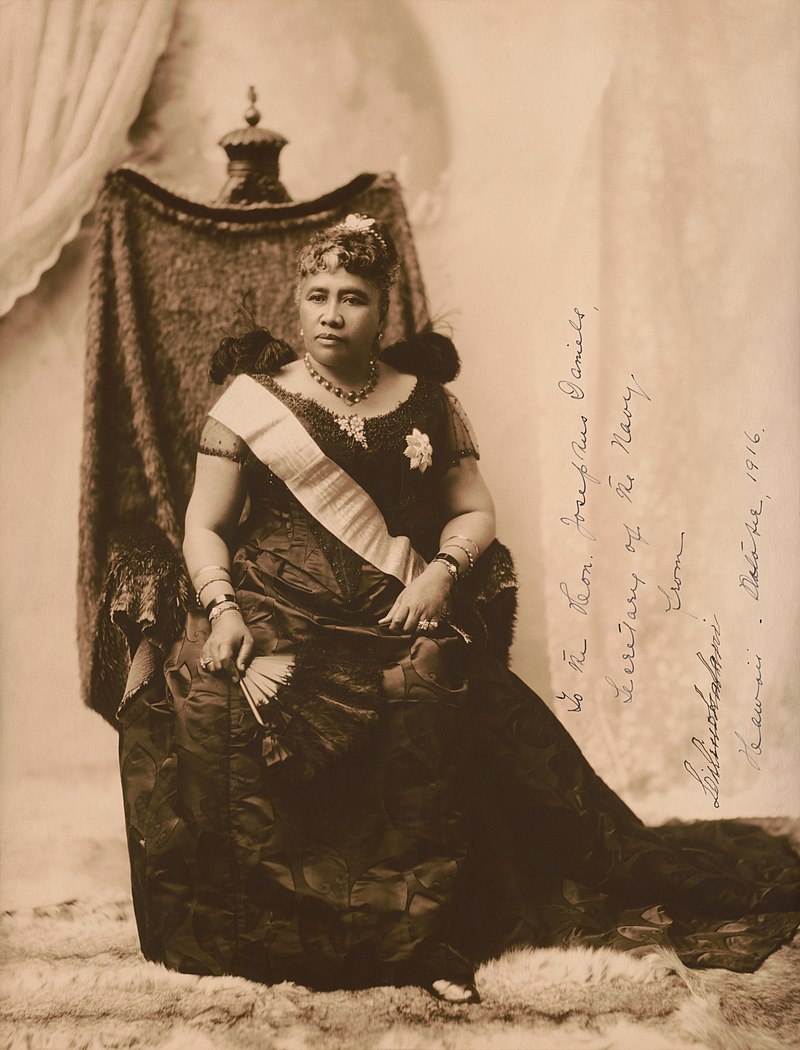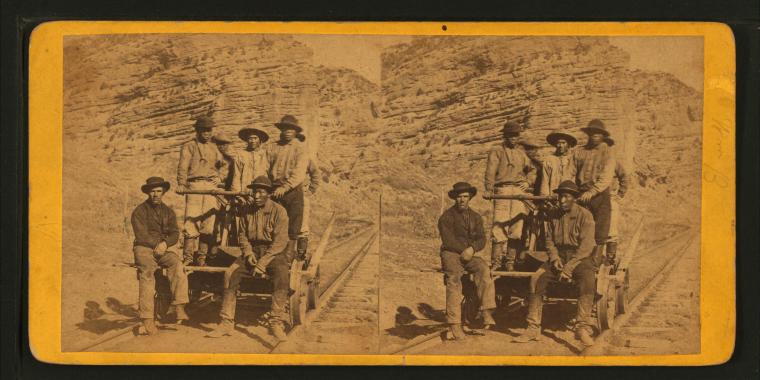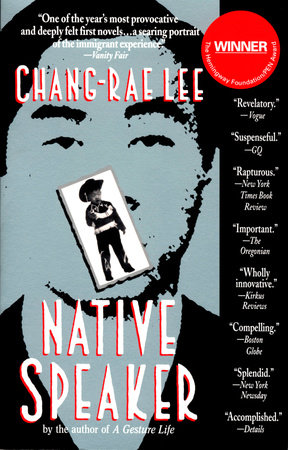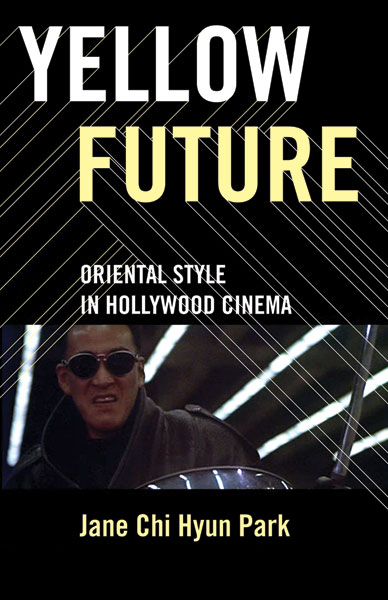By Gautham Reddy, South Asian Studies and Religion librarian
Emory Libraries is pleased to celebrate Asian Amerian and Pacific Islander Heritage Month this May. This event commemorates the important contributions of Asian and Pacific Islander Americans. Did you know that there are more than 24 million people who identify as Asian or Pacific Islander in the United States today? The U.S. Census defines Asians as people whose backgrounds are from East, Southeast, and South Asia. This includes countries such as China, India, Japan, Korea, the Philippines, and Vietnam among many others. The largest groups of Pacific Islanders are communities native to Hawaii, Guam, and Samoa.
May is an important month for Asian and Pacific Islander American history. The first known Japanese immigrant arrived in the U.S. on May 7th, 1843 – that’s 177 years ago! May is also when the great transcontinental railroad –connecting California with the Eastern U.S.—was completed (1869). More than 20,000 Chinese workers contributed to its construction. At present, Asian and Pacific Islander Americans play an important role in all walks of American life and are the fastest growing group in the United States.

Signed photograph of Lili’uokalani, the last sovereign of the Hawaiian kingdom. c. 1891. Wikimedia Commons.
While many Asians were prevented from becoming American citizens, other groups like native Hawaiians resisted the annexation of Hawaii and becoming part of the U.S. Today, the legacies of this racism continue to impact Asian and Pacific Islander Americans through the passage of laws like the 2017 “Muslim Ban” (Executive Order 13769) and the alarming rise of Anti-Asian hate crimes related to fears around Coronavirus as a “Chinese virus.”
Over the next month, Emory Libraries will share a series of posts highlighting our Asian and Pacific Islander American collections. This first post showcases popular works of fiction and non-fiction in e-book or audiobook form. You can expect later posts to share more information on our scholarly, archival, and audio-visual materials. Don’t forget to also check out our new Research Guide for Asian American Studies at Emory!
OverDrive
Emory subscribes to an important source of e-books and audiobooks called OverDrive. OverDrive is especially handy if you’re looking for some summer reading! Many local libraries will also offer you access to OverDrive and may even have a larger selection of titles. Here are a few of their great Asian and Pacific Islander American titles:
By Chang-Rae Lee
Henry Park has spent his entire life trying to become a true American—a native speaker. But even as the essence of his adopted country continues to elude him, his Korean heritage seems to drift further and further away.
By Ocean Vuong
A young poet pens a letter to his illiterate mother reflecting on trauma, addiction, and sexuality against the backdrop of his family’s migration from war-torn Vietnam to opioid-riddled rural Connecticut.
By Lisa Ko
Abandoned by his mother, eleven-year-old Deming Guo is adopted by two white college professors who rename him Daniel and move him to a small town in upstate NY. Far from all he’s ever known, Daniel struggles to reconcile his new life with his mother’s disappearance and memories of the Chinese community he left behind.
E-books on discoverE
A wide range of non-fiction e-books can also be accessed directly through discoverE. Here are a few titles on Asian and Pacific Islander American history:
By Vivek Bald
At a time when Asian immigrants were vilified and criminalized, Bengali Muslims from South Asia quietly became part of some of America’s most iconic neighborhoods of color, from Tremé in New Orleans to Detroit’s Black Bottom. Many started families with Creole, Puerto Rican, and African American women. Their stories of intermixture challenge assumptions about assimilation and reveal cross-racial affinities beneath the surface of early twentieth-century America.
Edited by Kevin K. Kumashiro
Presents 20 life stories of Asian American activists that work against common stereotypes. These autobiographies challenge familial and cultural expectations that have traditionally forced queer Asian / Pacific Americans into silent shame because of their sexual orientation and/or ethnicity. Authors share not only their experiences growing up but also how those experiences led them to become social activists, speaking out against oppression.
Edited by Raymond A. Mohl, John E. Van Sant, and Chizuru Saeki
In sharp contrast to the “melting pot” reputation of the United States, the American South—with its history of slavery, Jim Crow, and the civil rights movement—has been perceived in stark and simplistic demographic terms. This essay collection restores and explores an overlooked part of the South’s story—that of Asian immigration to the region.
By Gary Okihiro
This classic social history explores the significance of Asian American experiences in multicultural America. Okihiro argues that the core values and ideals of the nation emanate today not from the so-called mainstream but from the margins, from among Asian and African Americans, Latinos and American Indians, women, and the gay and lesbian community. Those groups in their struggles for equality, have helped to preserve and advance the founders’ ideals and have made America a more democratic place for all.
By Jane Chi Hyun Park
Yellow Future examines the emergence and popularity of techno-oriental representations in Hollywood cinema since the 1980s. It focuses on the ways East Asian peoples and places have become linked with technology to produce a collective fantasy of East Asia as the future. Park demonstrates how this fantasy is sustained through imagery, iconography, and performance that conflate East Asia with technology, constituting what Park calls oriental style.
By Judith Schachter
Through the voices of the members of an extended Hawaiian family, this book tells the story of North American imperialism in Hawai`i from the Great Depression to the new millennium. The family members offer their versions of being “Native Hawaiian” in an American state, detailing the ways in which US laws, policies, and institutions made, and continue to make, an impact on their daily lives.
For questions or support on Asian and Pacific Islander American resources, please contact our librarian for U.S. History Erica Bruchko or another subject librarian focused on your area of interest.
RELATED LINKS (Asian American and Pacific Islander Heritage Month)




